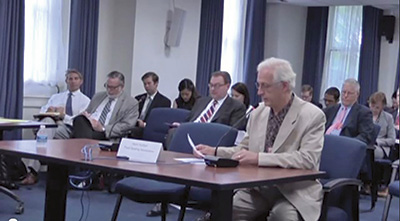In the U.S. and abroad, governments, regulators and third-party activist groups are considering policies and actions that could have implications for the sealing device industry. The passing of the Clean Air Act in the early 1990s was a watershed moment for the industry. The emerging challenges associated with climate change present an opportunity for the Fluid Sealing Association (FSA) to engage all interested stakeholders about the sealing industry and the role these technologies play in managing leaks and emissions. At its recent annual meeting, the FSA renewed its commitment to engage, educate and advocate for the interests of sealing device manufacturers as the debate over environmental policy continues. Because sealing devices—including mechanical seals, compression packing, expansion joints for ducting and piping systems, and gaskets—are used to contain processes and prevent harmful, toxic or dangerous products from escaping into the environment, they play a pivotal role in every industrial facility that manages emissions. Sealing devices, however, are often overlooked, and their function is not well-known or understood. An active and engaged FSA, working with end users, can help educate key government stakeholders about the essential role sealing devices play in maintaining a clean environment while ensuring reliability, industrial growth and profitability. In the U.S., the Environmental Protection Agency (EPA) is planning to take steps to implement President Obama’s Climate Action Plan. With the release of the 2014 document by the Obama administration and its plan to cut pollution that causes climate change, the administration has outlined how technology and best practices to recover methane and cut pollution are already widely available and used in key sectors. The spring 2014 release of five technical white papers, one focused on leaks and another focused on compressors, underscores the opportunity to educate end users about how fluid sealing technologies can recover emissions through efficient mitigation techniques.
 FSA technical director testifies in front of the U.S. Trade Representative and five other government agencies. (Courtesy of FSA)
FSA technical director testifies in front of the U.S. Trade Representative and five other government agencies. (Courtesy of FSA)
